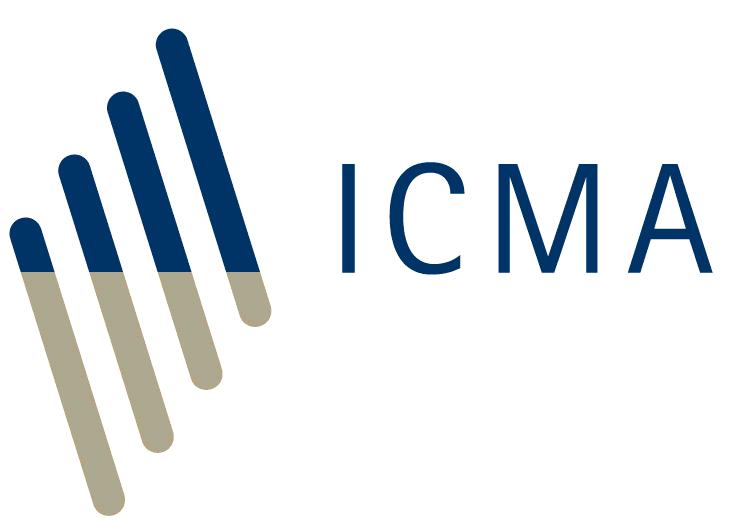<<< Previous page Next page >>>
Repo performs four basic functions which are fundamental to the efficient working of many other financial markets (see question 3).
- One party can invest cash secured against the asset provided as collateral --- safe investment.
- The counterparty can borrow cash in order to finance a long position in an asset, in an amount and at a repo rate that reflect, among other things, the collateral provided to the lender --- cheap borrowing.*
- One party can earn a return by lending out an asset that is in demand in the market, in exchange for cheap cash, which can be used for funding or reinvested for profit (see question 9) --- yield enhancement for securities investors.
- The counterparty can borrow an asset in order to sell and establish a short position or to deliver in order to settle a sale that has already been agreed (see question 30) --- short-selling and short-covering.**
For lenders of cash (repo buyers), repo offers a safe investment because:
- The buyer receives collateral to hedge their credit risk on the seller. Moreover, in a repo, title to the collateral is sold to the buyer, which should mean that, unlike pledged collateral, it can be liquidated in the event of the seller’s insolvency without interference from an insolvency court. In other words, repo provides ‘bankruptcy-remote’ collateral, which reduces the credit risk of a cash investor more than a traditional secured loan.
- The buyer can diversify their credit exposure by taking collateral issued by a third party whose credit risk is uncorrelated with the credit risk of the seller.
- Collateralisation through transfer of title can reduce, not only the credit risk arising from lending, but also the liquidity risk. Where a buyer is given liquid collateral, they can meet any unforeseen need for liquidity during the life of the repo by selling the collateral to a third party, either through another repo or an outright sale (they would, of course, subsequently have to buy the collateral back in order to be able to return it to their repo counterparty at the end of the repo).
For borrowers of cash (repo sellers), repo offers a cheap and potentially more plentiful source of funding because the collateral they provide to the lenders (repo buyers) reduces the risks to the latter and does so in a more legally certain way than collateralisation by pledging.
For lenders of securities (repo sellers), repo offers a means of generating incremental income, as in the securities lending market (see question 13).
For borrowers of securities (repo buyers), repo offers an alternative or supplement to the securities lending market, particularly for fixed-income securities.
* A ‘long position’ in an asset is created by buying the asset outright. The holder benefits from price rises, the accrual or payment of income on the asset and any other benefits of ownership.
** A ‘short position’ in an asset is created by borrowing the asset and selling it outright. The holder will have to buy back the asset in due course in order to return it to the asset lender. This means they will benefit from a fall in the price of the asset between selling and buying it back, but will lose the income accruing or being paid in the interim and any other benefits of ownership.
Back to Frequently Asked Questions on Repo contents page
<<< Previous page Next page >>>







